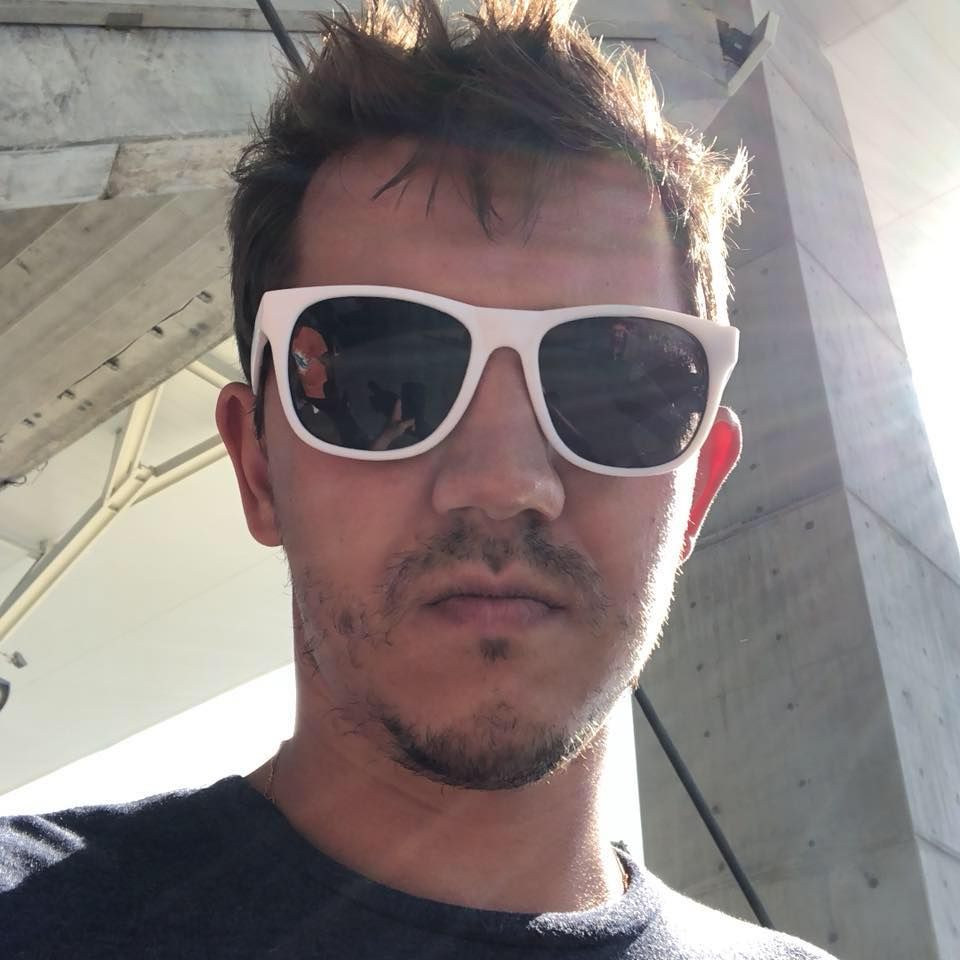145 reads
Exploring Creativity, Entrepreneurship, and AI Debates with a Concept Artist
by
November 7th, 2023
Audio Presented by
About Author
journalist, tech entrepreneur
Comments
TOPICS
Related Stories
A.I. Art is Not Real Art, Sorry
Sep 30, 2022
A.I. Art is Not Real Art, Sorry
Sep 30, 2022
